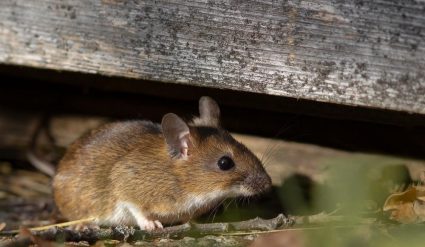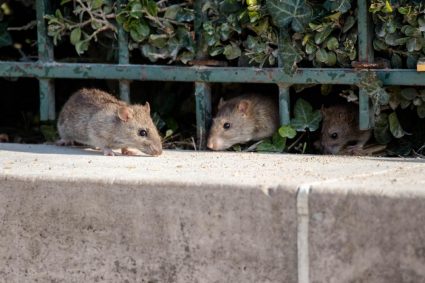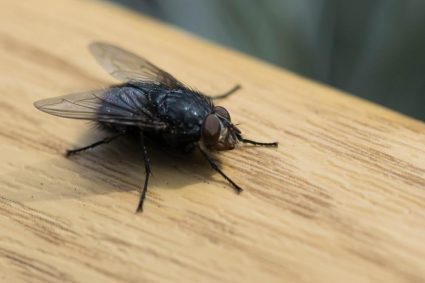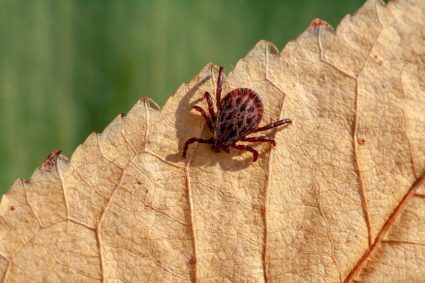
Have you ever left overripe fruit peels in the garbage or left a damp kitchen cloth for too long, and clouds of tiny flies appear in droves seemingly out of nowhere?
If yes, you know how frustrating these flies can be.
Having a home full of beautiful houseplants is inviting until you wind up with a fruit fly infestation.
Fruit flies are unsightly, pesky, and possibly the tiniest flies you will ever encounter.
When they occupy indoor plants, they can damage the roots of young plants, so the best step is to act before they cause havoc.
But where to start? Fruit flies breed fast, so it feels that there is no end to them. How can you possibly root them out?
Luckily, there are various options for ridding indoor plants of these little critters. The steps to take include the following:
- Watering plants in moderation.
- Regularly turning the soil.
- Setting traps.
Don’t let fruit flies ruin your indoor settings, including your plants. This post outlines effective steps to rid fruit flies.
4 Steps To Stop Fruit Flies on Indoor Plants
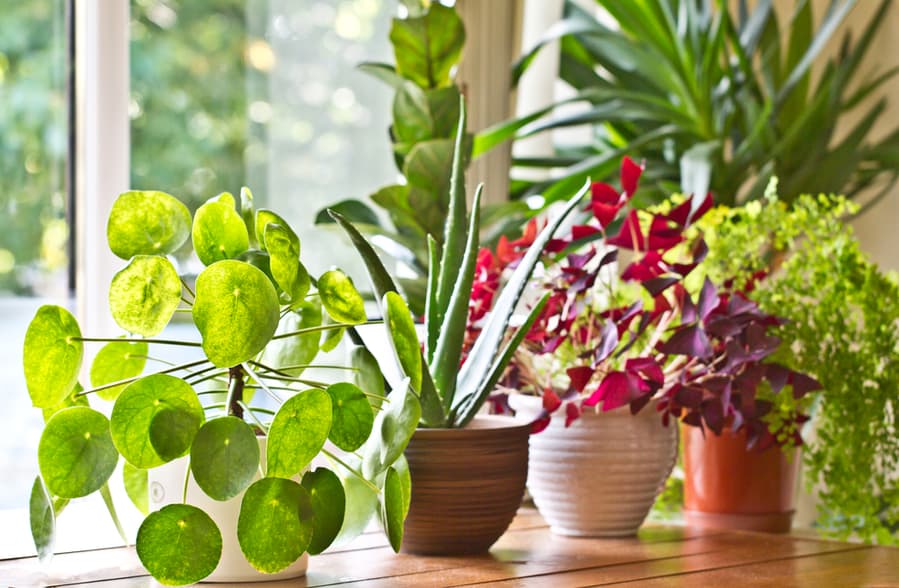
Here are fast and easy methods to eliminate fruit flies from indoor plants:
1. Water Your Plants Moderately
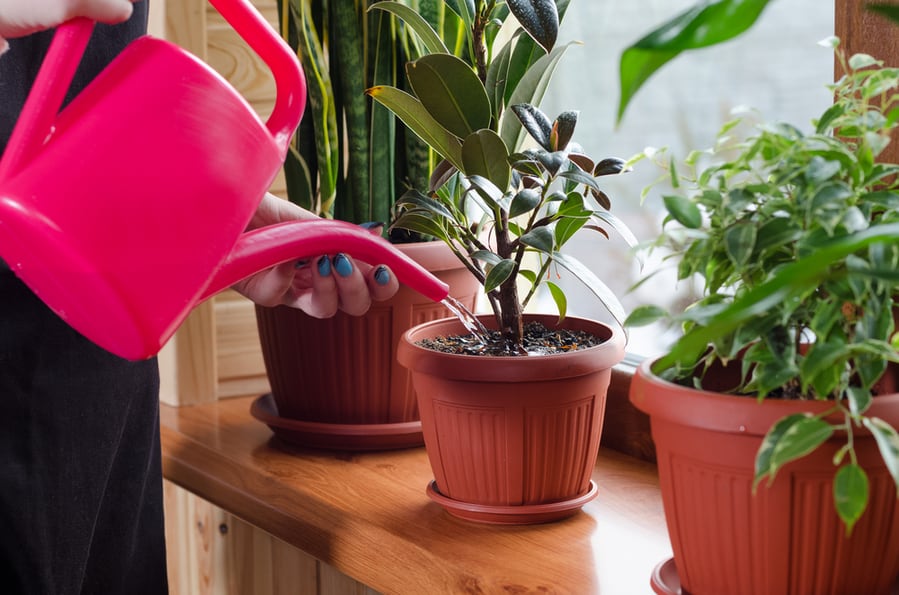
Moisture attracts fruit flies because of fungus, their favorite food that grows in wet environments.
Watering your plants in excess entices fruit flies to lay their eggs in the damp topsoil of your plants.
If you have an infestation, water your plants less frequently for a while so the soil may dry up and ideally prevent the larvae from hatching.
You can also try putting your potted plant in a saucer of water so it may drink as much. This way, you avoid wetting the topsoil and attracting fungus.
It is advisable to set your plants on a drainage tray to drain the excess water.
2. Turn the Soil
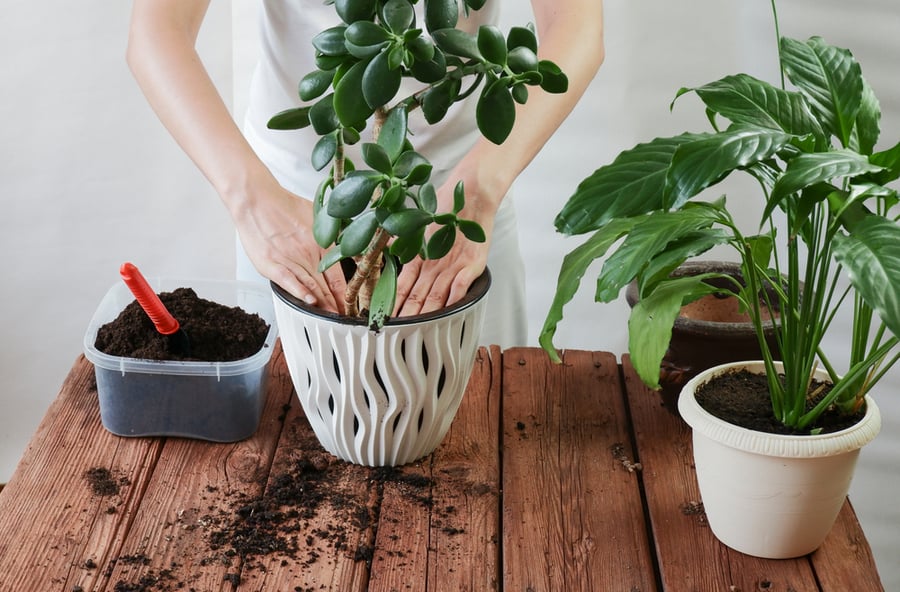
Fruit flies invade your indoor plants for two reasons:
First, they enjoy feeding off the decaying matter in the soil or on the plant’s folds.
Second, they prefer laying eggs close to the soil’s surface, where the larvae can feed on the micro-organisms living in the moist, dark soil.
The healthier your potting soil is, the more likely the fruit fly larvae will find what they require.
One way to stop fruit flies from reproducing is by mixing the soil.
Regularly turning the soil helps expose the larvae to the dry open air above.
You could also put a barrier that makes this difficult for the larvae to penetrate between the soil and the open air. A thick layer of gravel is a good fix.
Also, consider using sand, decorative pebbles, or compact dry soil to deter them from setting up camp.
3. Identify the Problem
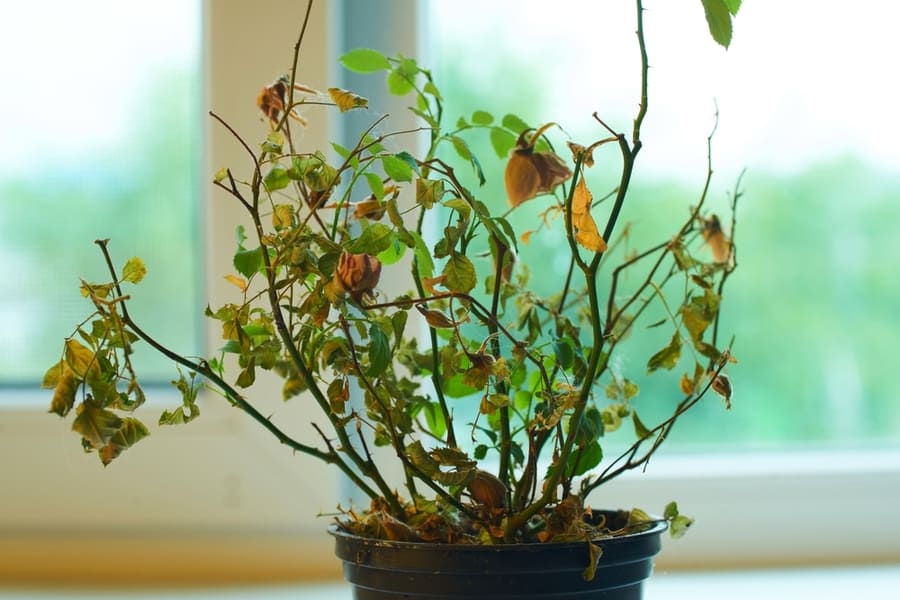
Rotting leaves attract fruit flies, and they enjoy a feast on any fungus that develops. They occupy potting soil that contains decomposing plants.
Remove old plant bulbs, damaged leaves, decaying plants, and the affected soil to clear the fungus.
Also, you can spray your plants with dishwashing soap.
If the problem persists after attempting these fixes, you may need to repot your plants and remove the infected soil.
Sanitize the pot thoroughly before reusing it, and replace the soil you remove with dry sterilized compost.
Tip: Never use soil from an outdoor garden for indoor plants. Pests and diseases found in garden soil can spread to your houseplants.
4. Set Up Traps
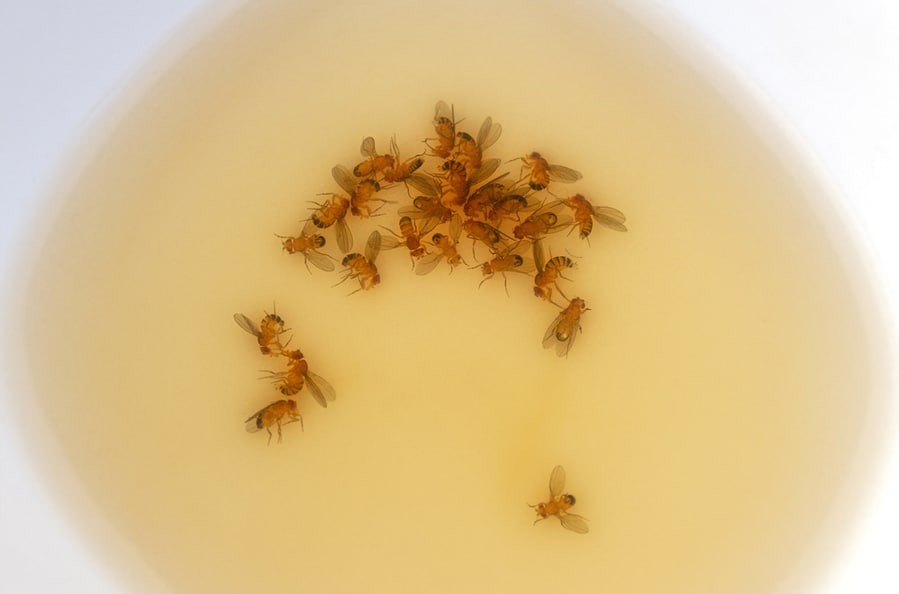
Vinegar, sugar, beer, and wine all draw fruit flies. Mix any of these with some warm water and dishwashing liquid.
Pour the solution into a container and cover it with food wrap. Punch holes on the wrap that are big enough to allow the fruit flies to enter.
As soon as they enter the container, they will drown in the solution, unable to escape because of the covering.
Set the trap right next to the infected plant and wait. Regularly check the container for any trapped insects.
Fruit flies should drown in the solution after a few days.
Every two weeks, remove the dead flies, wash the container, and then refill it with a fresh solution.
If you lack beer, vinegar, or wine, combine 1/4 cup of warm water, 1 teaspoon of sugar, and a packet of yeast in a container, and follow the above steps.
Trap Fruit Flies With Rotten Fruit
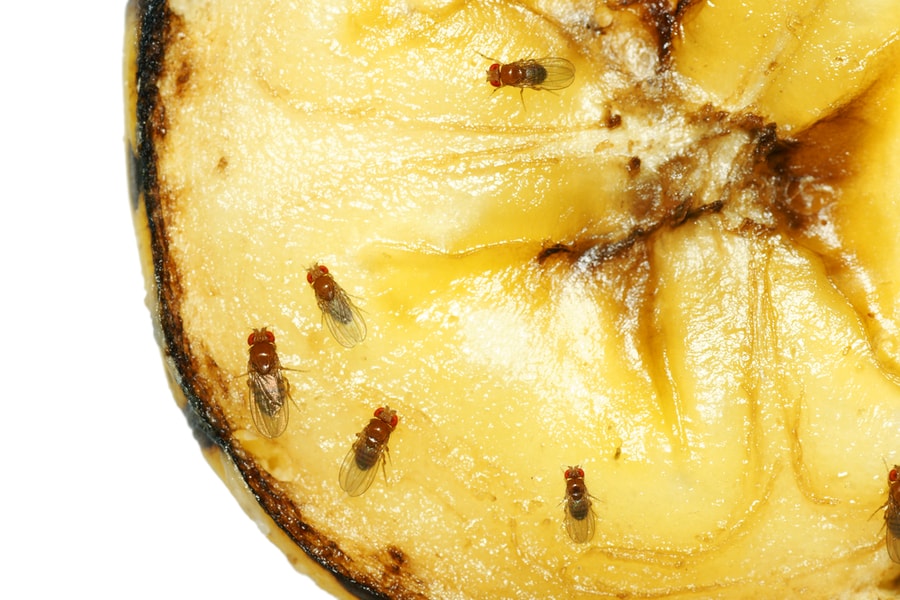
This trap works like the dishwashing and vinegar solution trap.
Instead of disposing of rotting fruit or vegetables, use them as a trap to attract fruit flies.
Place the decaying produce in a container and cover it with food wrap.
Ensure the food wrap has sizable openings so the flies may get inside. Once inside, get rid of the rotting fruit and the fruit flies you have trapped.
Getting Rid of Fruit Flies
We cannot blame these flies for nesting on the plants we enjoy growing.
The delicious bits weighing down the leaves and stems of your indoor plants are their tempting treat.
Luckily, there are ways to control these pesky bugs and avoid infestations.
Remove any rotting leaves from your indoor plants, avoid over-watering them, turn the soil regularly and lure them by setting traps.
Frequently Asked Questions
Can You Spray Vinegar on Fruit Flies?
The best way to use vinegar to get rid of fruit flies is by making a trap since it’s the scent that attracts them.
Fill a shallow plate with apple cider vinegar. Then, wrap it in plastic and poke holes and place the dish close to where fruit flies are most active.
The solution will attract fruit flies inside, but they won’t be able to escape. Do this each day for the best results.
What Do Fruit Flies Hate?
Fruit flies dislike strong smells. Effective repellents that you can use include lavender, basil, mint, and rosemary.



